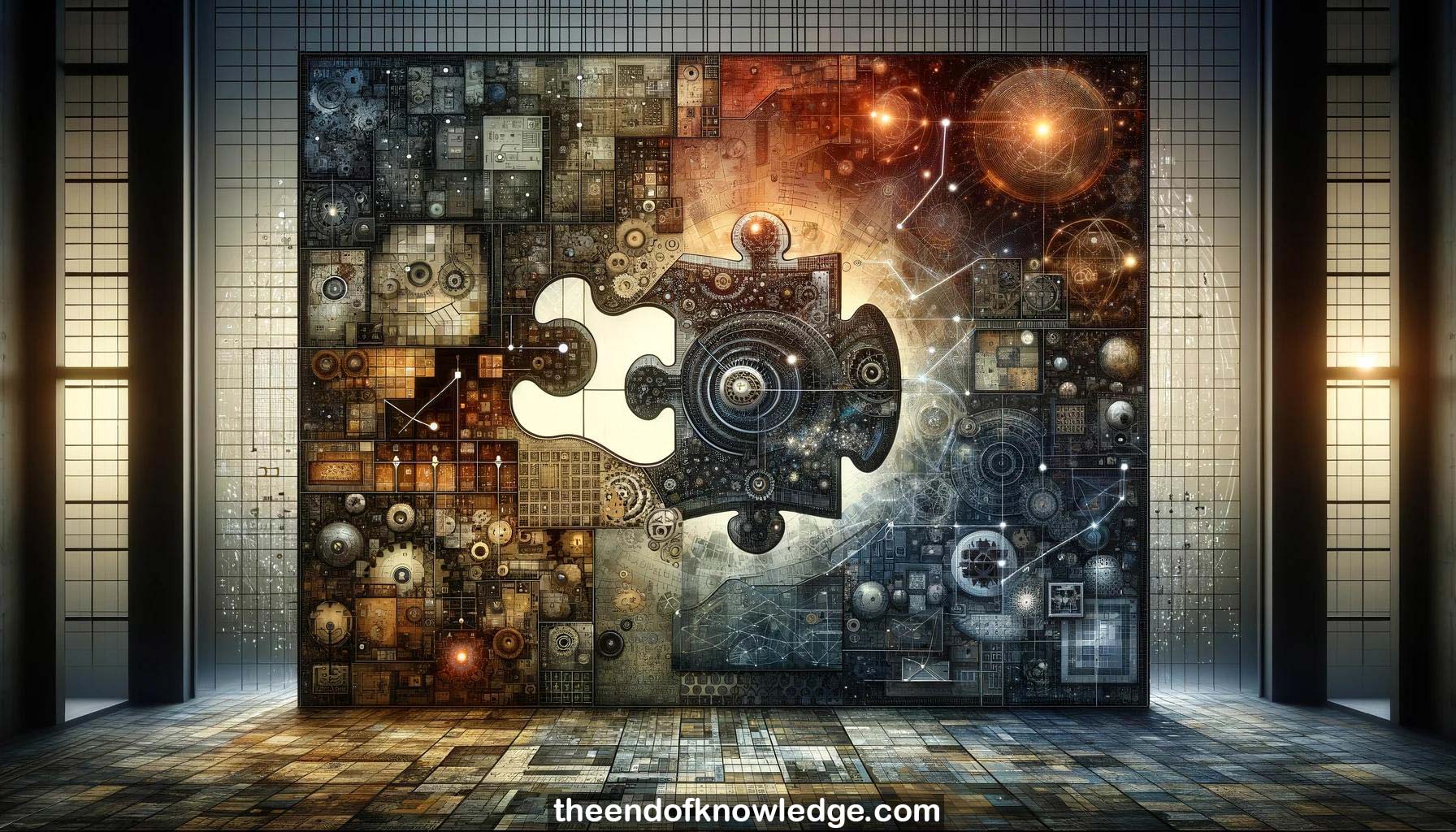 >
>
Concept Graph & Resume using Claude 3 Opus | Chat GPT4 | Gemini Adv | Llama 3:
Resume:
1.-Talk introduces a new challenge task for representation learning - answering questions requiring reasoning over web tables.
2.-Current solution is based on inducing hidden programs to represent the reasoning steps needed to answer the question.
3.-Programs can be a compact and powerful representation for capturing the meaning and reasoning behind questions.
4.-Gives overview of question answering, from early statistical/retrieval methods to more recent semantic parsing approaches.
5.-New task requires answering questions over unseen Wikipedia tables at test time by learning generalizable models.
6.-Questions require operations like lookup, counting, superlatives, comparisons, arithmetic - more than just simple retrieval.
7.-Tables are converted to a graph format and logical forms/programs are used to query the graph to find the answer.
8.-Logical language includes primitives for entities, sets, count, argmax/min, intersection, etc. that can be composed.
9.-Learning maps questions to logical forms to answers, but only observes the final answer, making it a needle-in-a-haystack search problem.
10.-Features are defined over question and logical form tokens, and a linear model is trained to maximize getting the right answer.
11.-Extensive pruning and marginalization over logical forms is required. Takes 10 hours to train on 23K examples.
12.-Results show 37% accuracy, outperforming baselines. Getting right answer for wrong reasons is a challenge.
13.-Failures include language phenomena like comparisons, temporal relations, external knowledge, and mapping to table schema.
14.-Paradigm maps utterances to programs that are executed to produce the answer. Learning is done from input-output only.
15.-Framework also applied to mapping high-level natural language instructions to low-level robotic actions via post-conditions.
16.-Claims this fits the definition of "deep learning" by learning high-level abstractions via complex nonlinear transformations.
17.-Programs and vectors/matrices have complementary strengths and weaknesses in representing things like fuzziness vs crisp logical operations.
18.-Sentences map a world state to a boolean and behave like functions. Representations should be able to capture this.
19.-There is a factorization between understanding language and knowing facts about the world. Programs make this explicit.
20.-Data has been a bottleneck for semantic parsing. New datasets were collected but are still small compared to vision.
21.-Data collection can be inverted - start from the KB and generate canonical examples that are then paraphrased by humans.
22.-This allows rapidly building semantic parsers for new domains "overnight" if you have the target database.
23.-Task stresses reasoning with multiple computational steps during prediction and needle-in-a-haystack search during training.
24.-Potential to combine discrete programs with continuous representations for better generalization while maintaining compositionality.
25.-Recent memory/attention architectures may provide new ways to approach these complex reasoning tasks.
26.-Programs provide a way to build up complexity compositionally from simple primitives - a powerful representation.
27.-Understanding is distinct from knowledge/memory and a controller learns to combine them to perform sequential reasoning.
28.-Scaling to large KBs with millions of entities poses challenges in representation, learning and efficient inference.
29.-Programs here use implicit iteration via set-based operations rather than explicit loops. Robot application uses a planner.
30.-Framework provides a way to probe the limits and capabilities of representations for language understanding and reasoning.
Knowledge Vault built byDavid Vivancos 2024